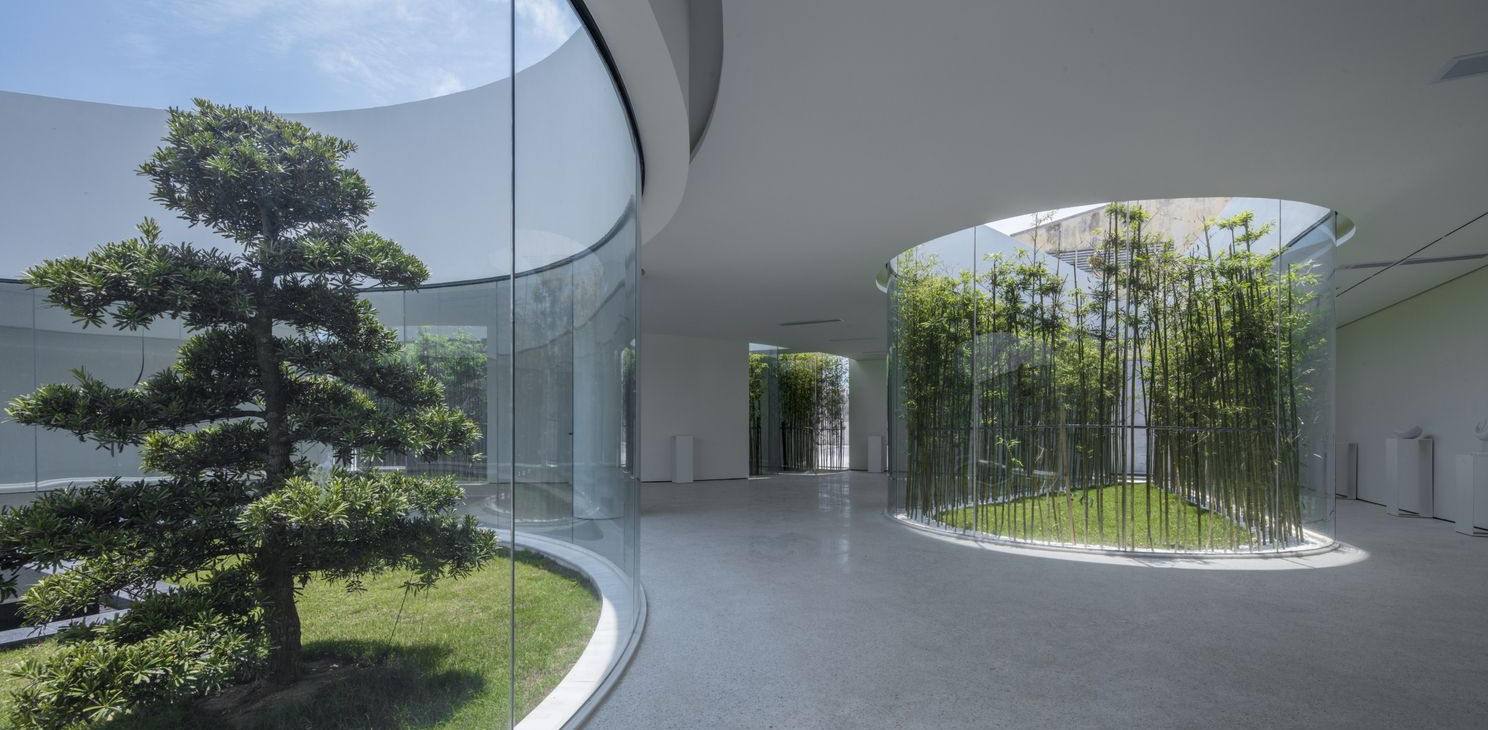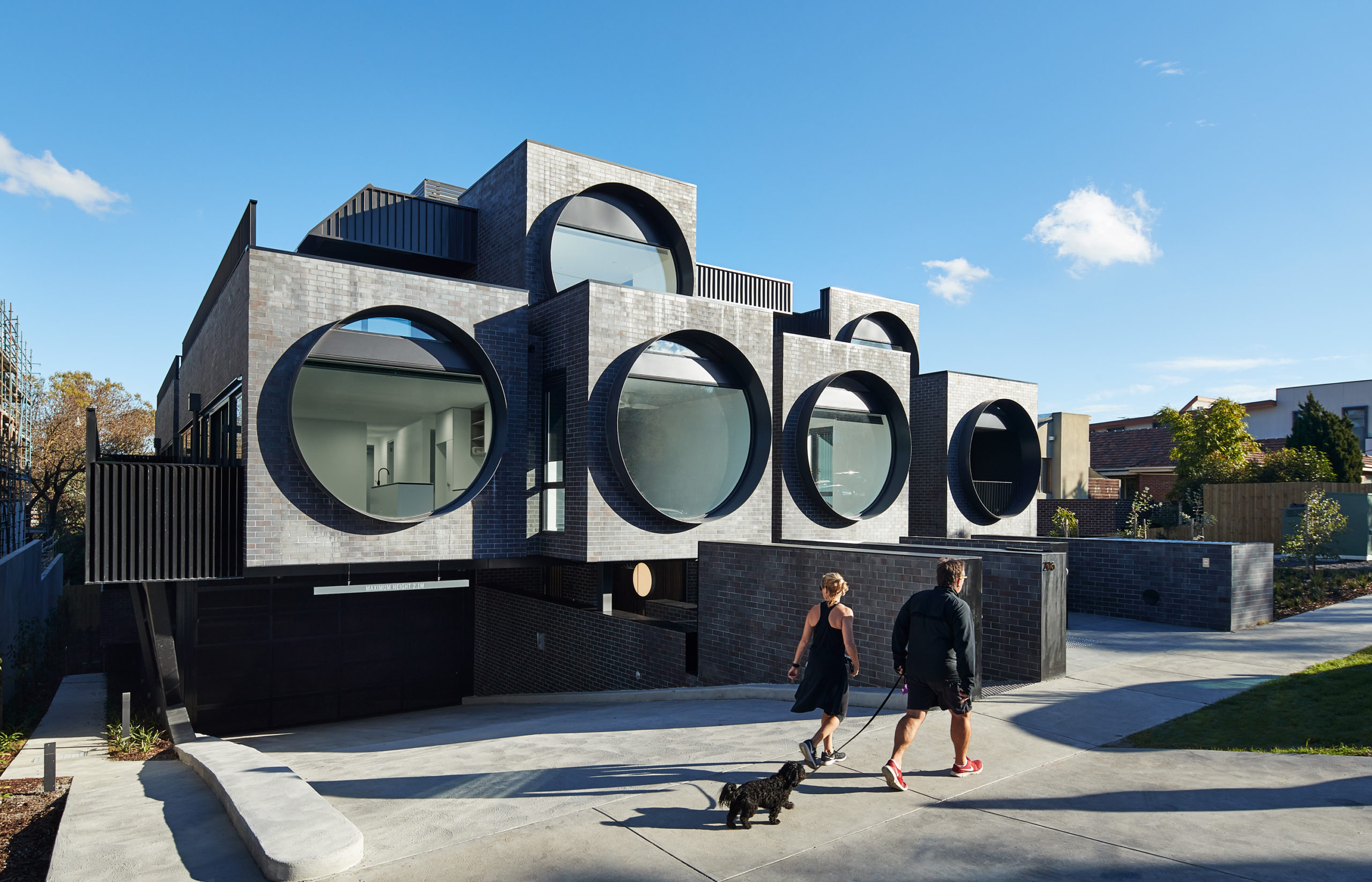Architecture firms from around the world are completing their submission for the 8th Annual A+Awards program, the world’s largest awards program for architecture and building products. With a final deadline of May 8th, 2020, now is the time to upload your best work for a shot at international publication and global recognition.
One of the primary strengths of A+Awards over equivalent programs is its highly diverse and knowledgable jury, made up of more than 400 thought leaders from a plethora of creative industries. One of the newest additions to this stellar line up is Wang Yan, is an influential architect and educator based in Shanghai, China.
Mr. Wang began his architectural journey as a student of Herzog & de Meuron and first practiced architecture in Europe. He specializes in urban renewal, and has presided over a series of urban renewal practices including Shanghai Hongkou Rui Kang Li Urban Research. He also has rich experience in construction technology fields related to high levels of comfort and micro levels of energy consumption.
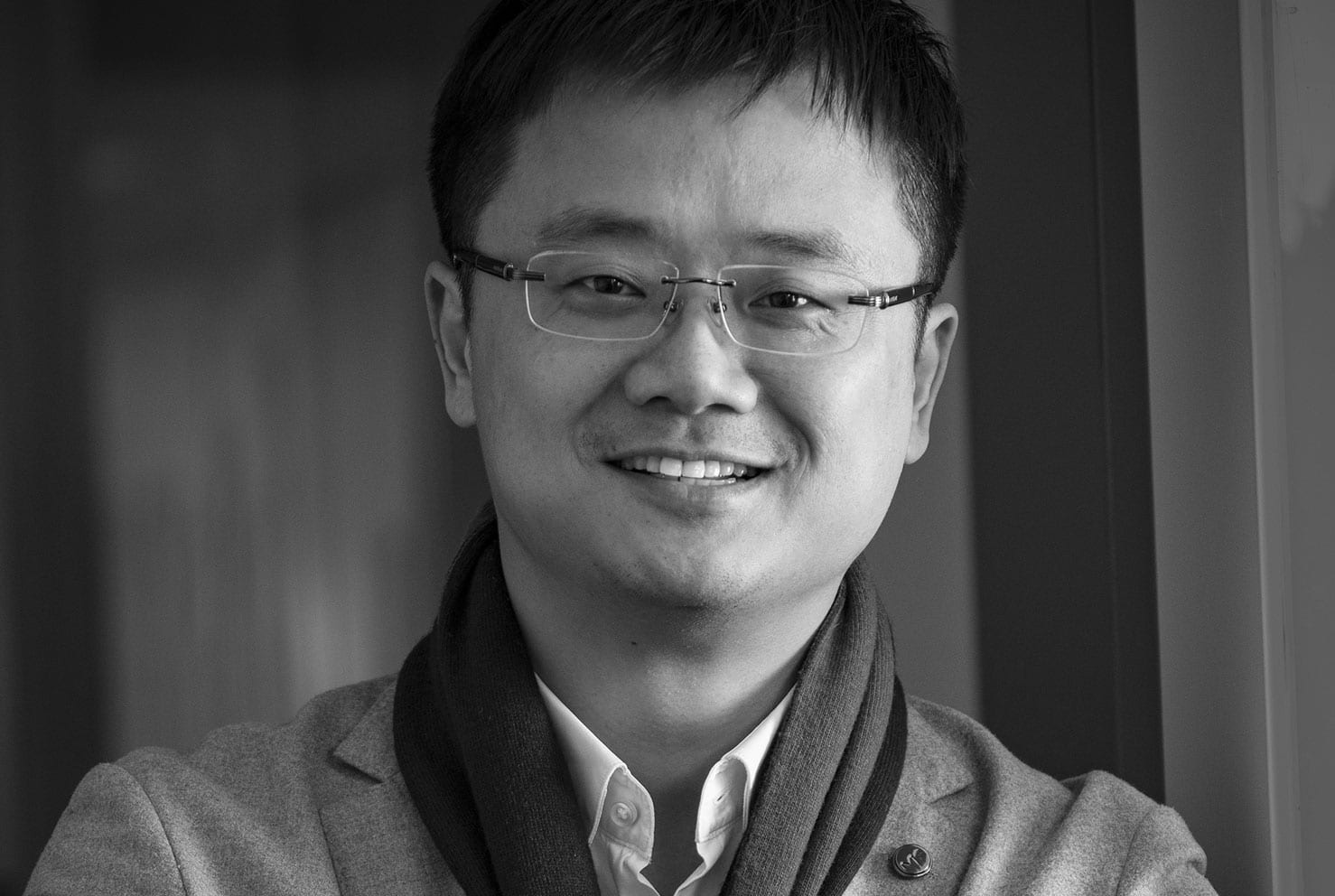
Wang Yan, Chief Architect at GOA and a guest professor at the College of Architecture and Urban Planning (CAUP) in Tongji University
Mr. Wang’s projects, including the SPSI Art Museum, Dingli Art Museum, Fengying Stone Art Museum and Huaxin Reception Center, have received multiple honors. Recently, Mr. Wang was named one of the 40 Under 40 Chinese Young Architects. Since 2014, he has been a professor at the CAUP (the College of Architecture and Urban Planning) of Tongji University.
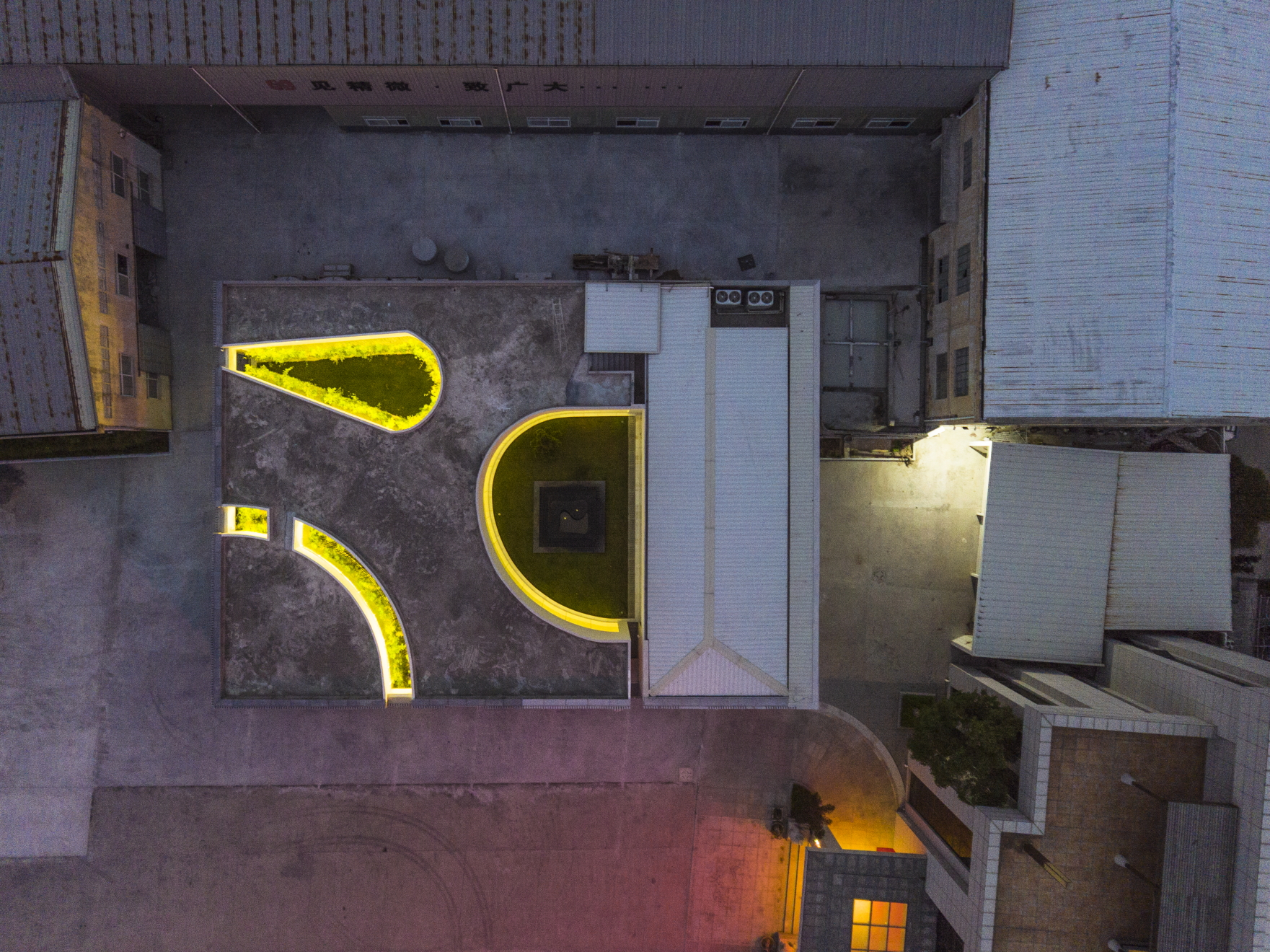
Fengying Stone Art Museum by GOA, Chongwu, Fujian Province, Fengying © Hengzhong Lv
Architizer sat down with Mr. Wang to discuss his participation in this year’s A+Awards, what he will be looking for in the submissions, and his perspective on the future of architecture.

JNBY Warehousing Logistics Park by GOA, Hangzhou, Zhejiang Province, JNBY© Hengzhong Lv
Paul Keskeys: Congratulations on joining the 2020 A+Awards jury! First, tell us about yourself – what first drew you to architecture?
Wang Yan: Thank you! I’m honored to be a jury member of the 2020 A+Awards program. A little about me: I’m currently the chief architect of GOA and a guest professor at the College of Architecture and Urban Planning (CAUP) in Tongji University. Influenced by my father who is an artist, I fell in love with art creation since childhood.
Particularly, I was very sensitive to architectural spaces and had various peculiar imaginations about spatial forms. After graduating from the Department of Architecture of Tongji University, I was enrolled at ETH Zurich for my master degree, and then I got a job in Basel. The experience abroad had a great impact on my later architectural practices in China.
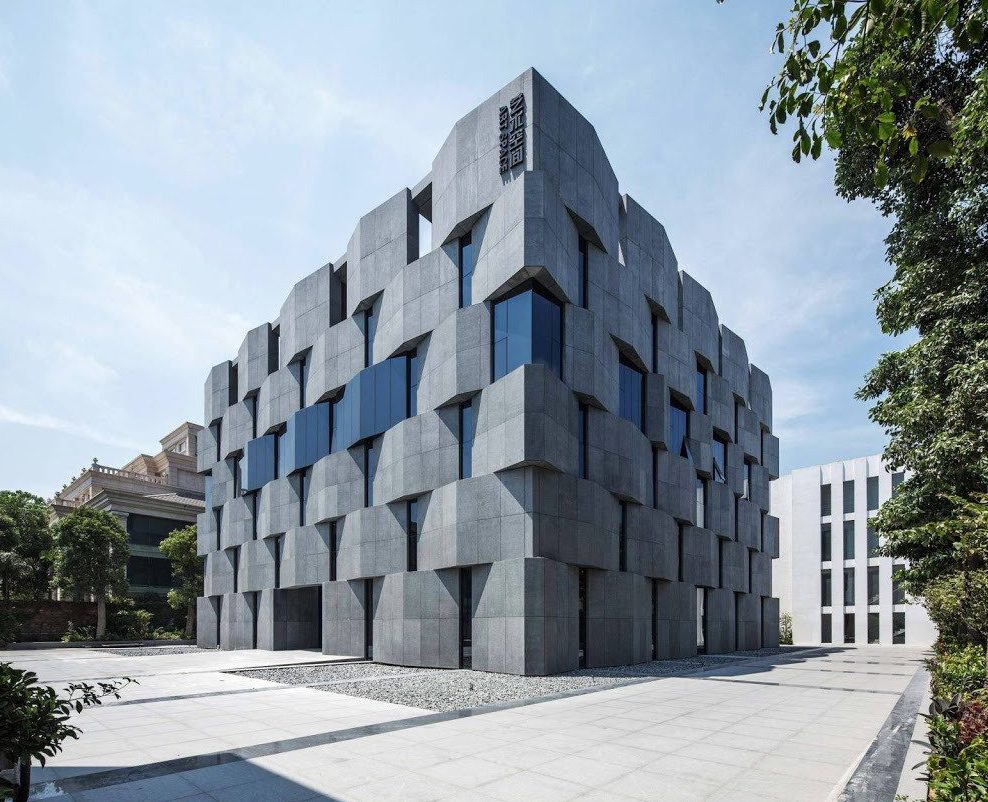
Dingli Art Museum by GOA Atelier © Hengzhong Lv
You have worked for many years in both Europe and China. What similarities and differences do you see in the way architecture is practiced in these two diverse places?
Back when I was conceiving the SPSI Art Museum in 2008, there were no factories in Shanghai capable of producing prefabricated concrete curtain wall panels. I called more than 20 manufacturers, and finally found a small factory which was willing to try. Today, however, the product supply chain in China has grown internationally; even the world’s most cutting-edge materials and technologies can be found in Chinese market.
It fully demonstrates that the gap between China and Europe in terms of architectural expertise, technologies and products has gradually narrowed. However, the cultural difference between China and the West is still huge. With the globalization of contemporary architecture nowadays, it’s extremely important to carry out design practices rooted in local culture.
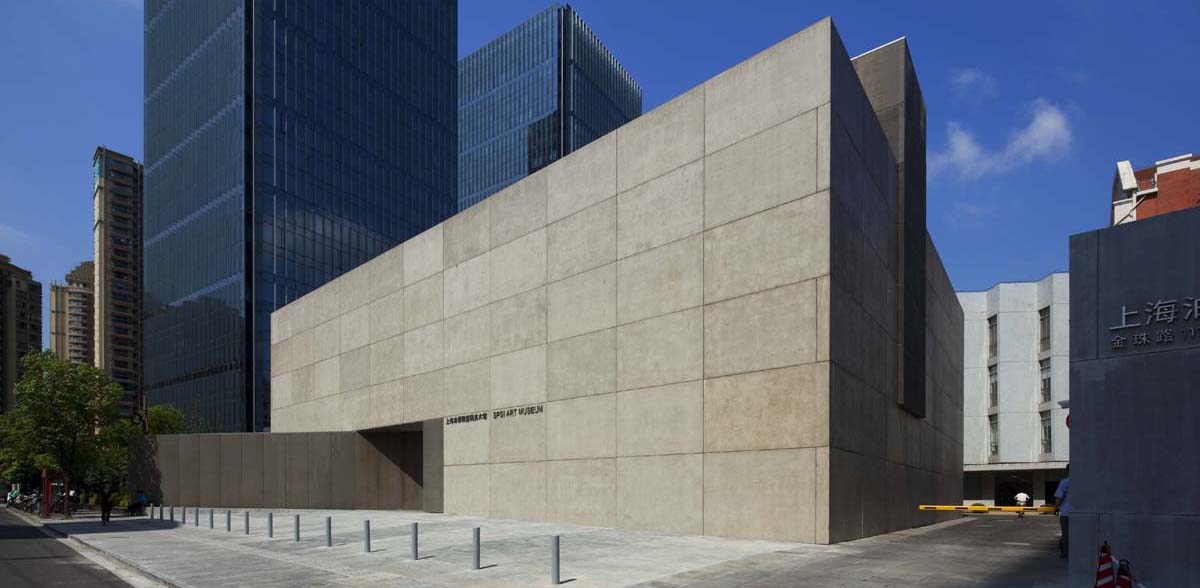
SPSI Museum, Shanghai, China © Lv Heng Zhong
Which of your completed projects are you most proud of and why?
SPSI Art Museum was my first project completed in Shanghai; it is an abstract concrete volume that looks like a megalith in the city. Five years later, I added a cafe to its courtyard. On the limited courtyard space, I created a series of narrow but playful small yards, drawing inspiration from Chinese classical gardens.
Fengying Stone Art Museum is another project I’m very proud of. I adopted the strategy of a “static garden landscape”, and constructed several distinctive arc-shaped inner courtyards that seem to flow into the interior from the outside, full of fluidity. The above-mentioned projects encapsulated the transformation of my design thinking, which returns to Oriental conception from Western expression. Currently, I’m still exploring new possibilities in this regard.

Chimney Café by GOA, Shanghai, Chimney Café© Hengzhong Lv

Chimney Café by GOA, Shanghai, Chimney Café© Hengzhong Lv
As a professor at the CAUP of Tongji University, how do you feel architectural education is evolving and improving?
Architectural education in China is becoming more comprehensive, open and international. As we constantly absorb new knowledge, we should also attach more importance to cultural heritage and critical thinking. I hope the new generation of Chinese architects will draw on the essence of Chinese culture whilst reviewing all design theories and concepts via critical thinking. This way, they can continuously push the discipline of architecture forward.

Dongguan Kindergarten by GOA, Hangzhou, Zhejiang Province, Dongguan © GOA
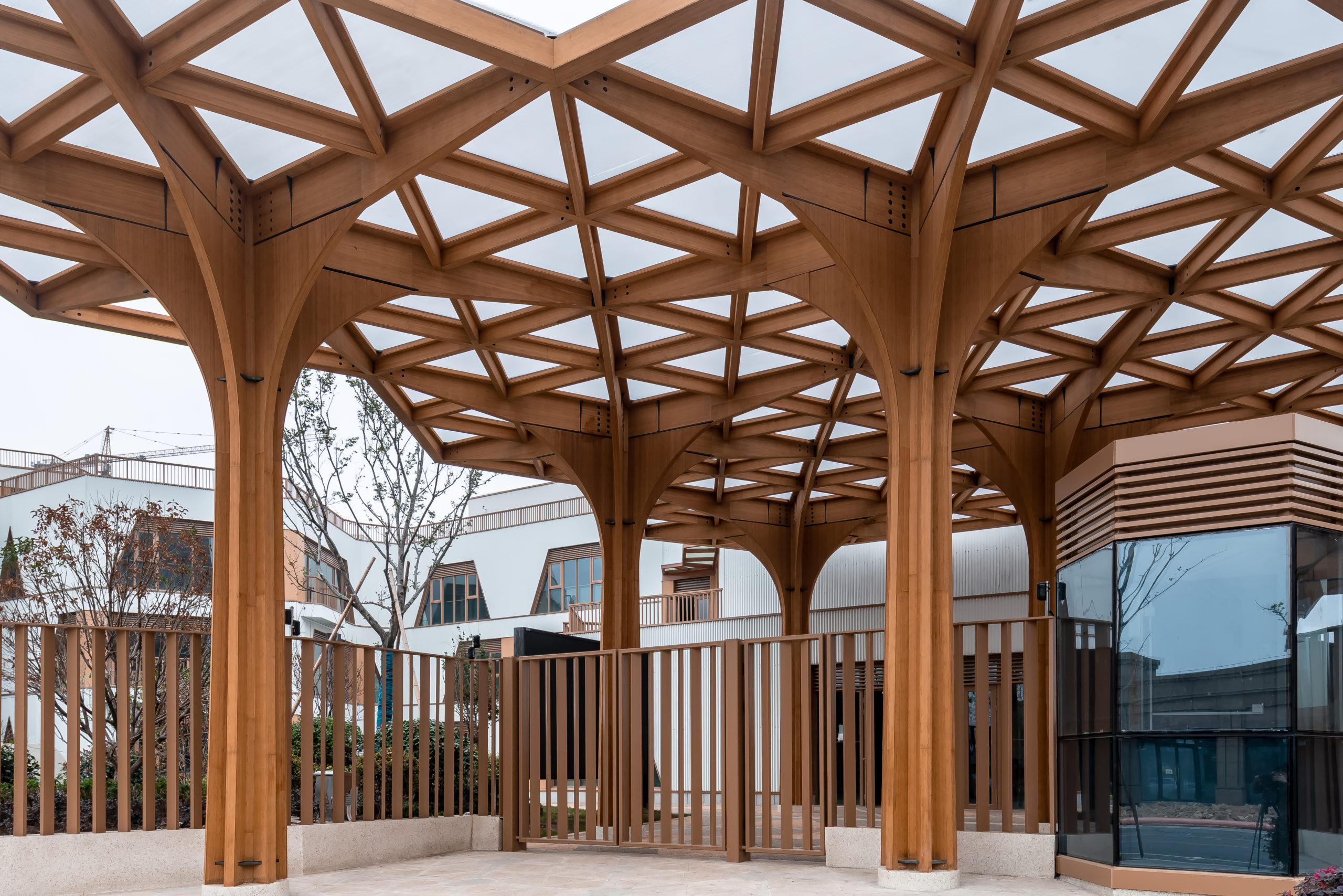
Dongguan Kindergarten by GOA, Hangzhou, Zhejiang Province, Dongguan © GOA
When reviewing projects submitted for this year’s A+Awards, what architectural qualities will you look for most and why?
This year’s A+Awards highlights “The Future of Architecture”. Future is the revision and breakthrough of the present, but with a unique identity of its own. Therefore, I’ll look for projects that show reasonable critical thinking about architecture nowadays while possessing their own distinctive identity. I hope this year’s A+Awards program will encourage young architects to innovate and truly make a difference for the future of architecture.
In what ways do you feel awards programs like the A+Awards are valuable to architects and their clients?
In my view, the A+Awards program is the barometer of architectural trends, which also affects the direction of future architecture. It’s an amazing international stage for young architects worldwide to exchange ideas, and also a fantastic platform that enables clients to discover and realize the value of design.
To get your architectural projects in front of Wang Yan and the rest of the A+Awards jury, make sure to submit your work to the 8th Annual A+Awards. The Final Entry Deadline is at midnight on May 8th, 2020.
Top image: Fengying Stone Art Museum by GOA, Chongwu, Fujian Province, Fengying © Hengzhong Lv
